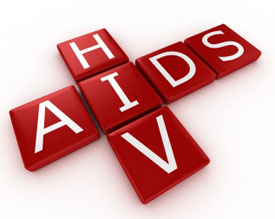
There was once a terrible time when a person living with HIV, the AIDS virus, had no hope of living very long at all. After major advances in treatment that include amazing new drug combinations that combat the Human Immunodeficiency Virus, people began to live almost normal lives and had the opportunity to grow old. It is expected that in the next seven years more than half of all Americans with this disease will be over 50 years of age.
HIV/AIDS remains a worldwide and domestic epidemic of catastrophic proportions that is set to enter another new phase with which we have no experience. Some are calling it the “Second Epidemic”. Today, a third of nearly 1.2 million people living with HIV/AIDS in the United States is over 50. This will bring profound consequences to those who are infected and to the health care system that serves and will serve them. We are not prepared.
Most of these older people are women of color, heterosexual men and women, as well as men who have sex with other men. Older people have sexual relations. Married men have sex with other men. Older people are becoming infected at an increasingly alarming rate. Many find out only after they have developed symptoms of full blown AIDS and are seriously ill. Since they do not consult with their physician about their intimate relations, or they mistakenly think they cannot become infected, they do not get tested for HIV.
One of the critical issues identified in the National HIV/AIDS Strategy for the United States, established and implemented in 2011 after the White House Meeting on HIV/AIDS and Aging in 2010, is the need for providers to receive education and training regarding the “Aging of HIV/AIDS”.